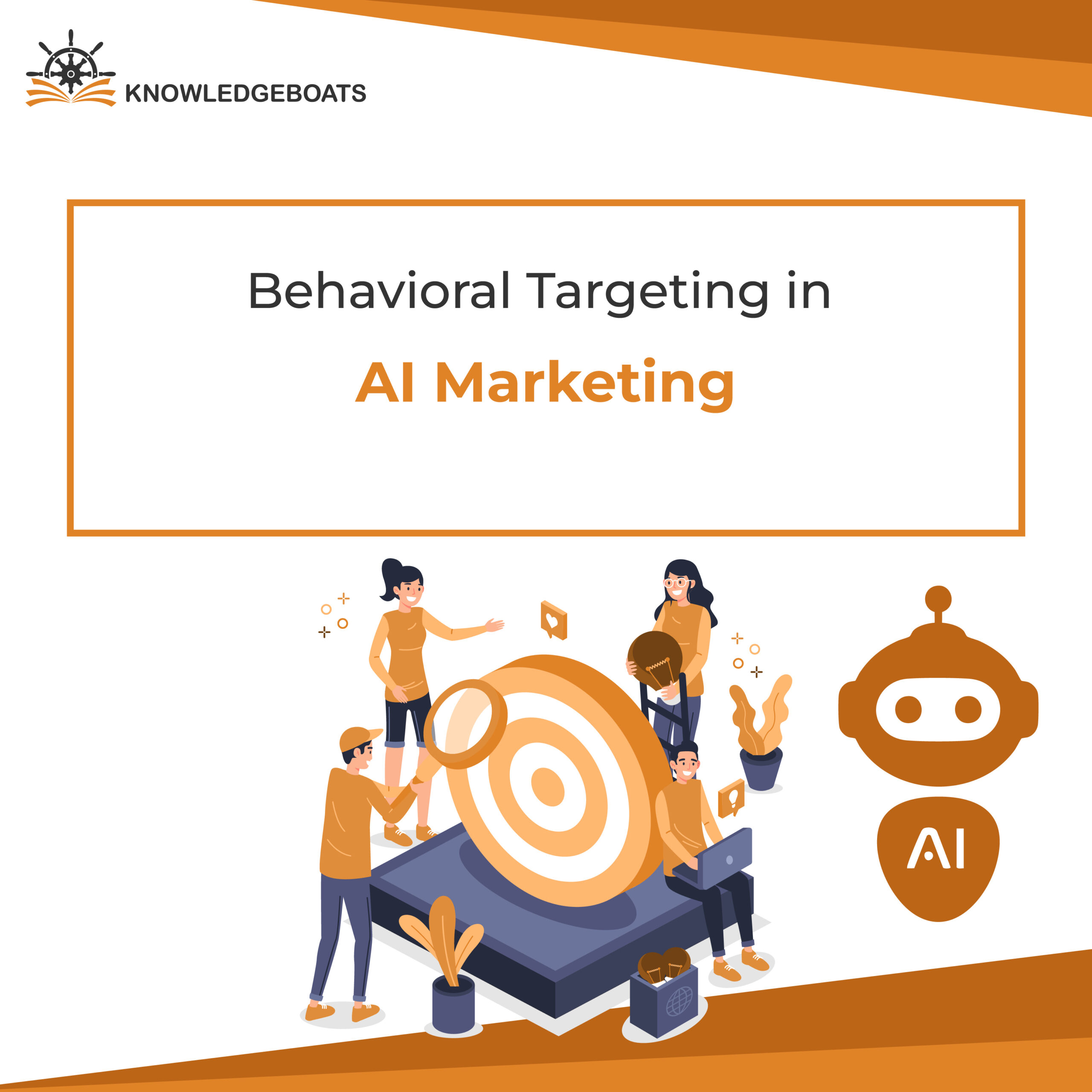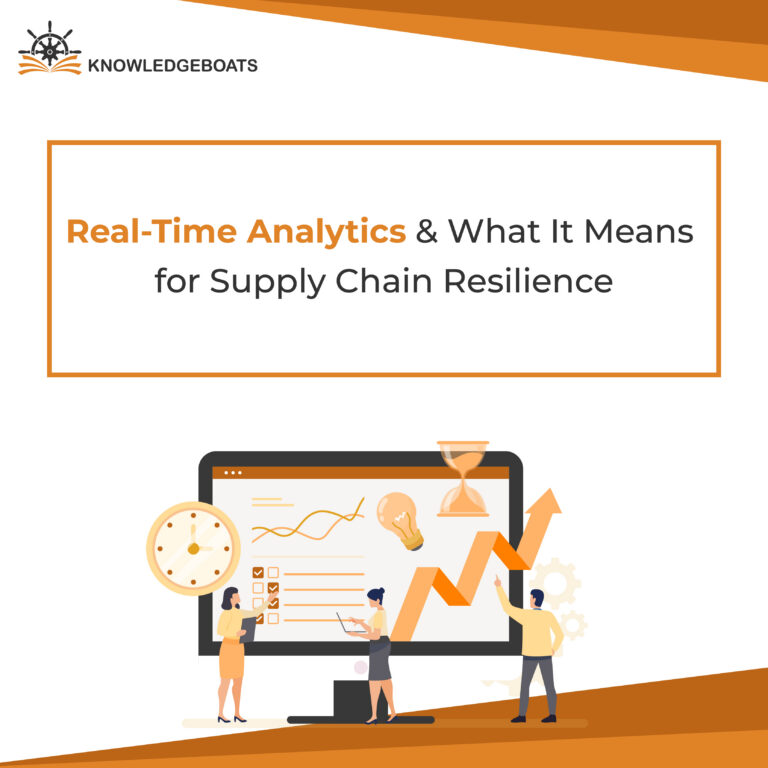
We’ve all seen it. You buy a pair of hiking boots, and for the next week, they follow you around the internet. The same ad, the same message, cheerfully oblivious to the fact that you’ve already made your decision.
For us, as a company dedicated to building smarter connections, these moments are more than just a minor annoyance. They’re a sign of a conversation gone wrong. It’s a moment where technology designed to create connection only serves to highlight the distance between a brand and its customer.
It’s the ghost of an old marketing philosophy, one built on shouting into a crowded room and hoping the right person would hear. We believe there’s a better way. The future of marketing isn’t about being louder; it’s about learning to listen. And that’s where our work with behavioral targeting AI begins.
From Educated Guesses to Genuine Understanding
For years, our industry operated on educated guesses. We relied on broad demographic data to build profiles, crafting messages for a silhouette of a person we hoped existed. It was the best we could do, but it was inefficient, impersonal, and often, it just felt like adding to the digital noise.
Our philosophy is built on a fundamental shift away from this model. We believe that the most meaningful signals aren’t found in a census report, but in the digital breadcrumbs of daily life. Every click, every search, every video watched is a fragment of a story, a whisper of intent. This is the heart of behavioral targeting in marketing.
But collecting these fragments isn’t enough. The real challenge is understanding the story they tell in real time. This is the task we’ve given our AI behavioral targeting systems: not just to gather data, but to find the patterns, translate the intent, and help brands respond in a way that feels helpful, not intrusive.
Anticipating Needs, Not Just Reacting to Keywords
When you can truly listen to these signals, the nature of marketing changes. It moves from being reactive to being predictive.
Standard targeting is reactive. A user searches for “raincoats,” so you show them an ad for raincoats. It’s a direct but shallow conversation. The work we do with predictive behavioral targeting aims for something deeper. Our systems are designed to see the bigger picture. When a user has been reading travel blogs about the Pacific Northwest, looking up flight prices, and browsing hiking trails, we don’t need them to type “raincoats” to understand their story.
We can help our clients anticipate the need. The conversation becomes, “Planning a trip? Here’s some gear that might help.” The benefits of predictive behavioral targeting for marketers are clear, but for us, the real win is for the customer. The interaction feels less like an ad and more like a thoughtful suggestion.
This is the essence of hyper-personalization with AI behavioral marketing. It’s about treating every person as an audience of one. Through tools like dynamic ad creative with AI behavioral targeting, we enable brands to tailor not just the product they show, but the story they tell about it, ensuring the message resonates with each individual’s unique context.
Our Guiding Principle: The Line Between Helpful and Haunting
We need to be clear about something. This level of insight is a profound responsibility. The line between a helpful guide and a creepy shadow is one we think about every single day. For us, ethical AI behavioral targeting best practices are not a section in a manual; they are the foundation of our entire approach.
Our commitment to balancing privacy and personalization in AI-driven targeting rests on three core pillars:
- Transparency: We build systems that encourage clarity. Users should always know what information is being used and why.
- Control: Power must remain with the individual. Opting out must be as simple and respected as opting in.
- Value: This is the most important part of the pact. If a customer is sharing their attention and data, the brand owes them genuine value in return, whether it’s a better experience, a relevant offer, or simply less clutter.
When we lose sight of the human on the other side of the screen, we lose everything. Trust is the only currency that matters.
Building a Better Conversation, Together
So, how do we put this philosophy into practice? We focus on building unified conversations. Our cross-channel AI behavioral targeting strategies ensure that the dialogue is consistent and respectful, whether it’s on a website, a social platform, or even through voice search behavior integration in AI targeting.
And because we believe in accountability, we are rigorous about measuring ROI of AI behavioral targeting campaigns. We help our clients see the direct line between a more empathetic, data-driven approach and real business outcomes like higher engagement, stronger loyalty, and a more efficient marketing spend.
The era of shouting is over. We’re committed to building a future where marketing is synonymous with listening. It’s a future where technology doesn’t create distance, but fosters understanding, one thoughtful, relevant, and human conversation at a time.


